- Clothes
- Bags
- Accessories
-
Inspiration
- Shoes
What Is Slow Fashion? Simple Guide for Mindful Consumers

You keep reading this term, together with lots of confusing ones that all sound the same, from ethical to sustainable clothing.
So, what is slow fashion in practice? And most importantly, what difference can YOU make once you embrace it?
I put together a simple, jargon-free slow fashion guide to walk you through it.
What is slow fashion, exactly?
Slow fashion is the opposite of fast fashion. It’s a mindset, approach, and even movement focusing on designing, producing, marketing, and wearing clothes more mindfully.
- Instead of following trends and buying cheap clothes regularly, slow fashion is about choosing fewer higher-quality items (produced in a way that takes both the planet and garment workers’ rights into account) and rewearing them for years. So, while some people often refer to slow fashion as a trend, it’s actually the opposite!
- It’s not a specific style, either. Slow fashion clothes can be just as unique and creative as fast fashion items
- The term “slow fashion” was coined in 2007 by Kate Fletcher who described a model that’s “about choice, information, cultural diversity and identity. Yet, critically, it is also about balance”
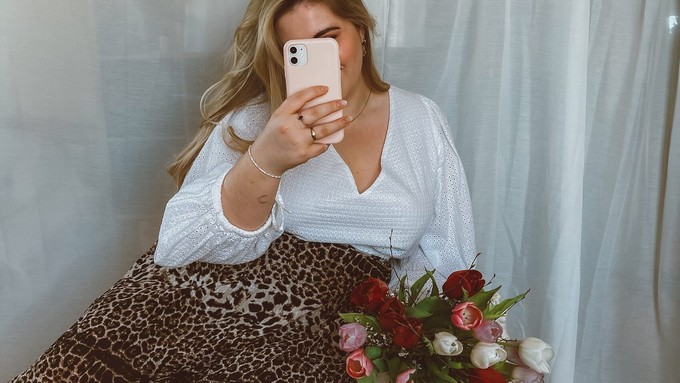
Slow fashion vs fast fashion
Fast fashion is about mass-producing poor-quality clothes at ridiculously low prices to follow trends (usually, on a weekly basis), encouraging consumers to buy new clothes regularly and discard “old” ones.
Think of online stores like Shein or Boohoo but even high-street brands like H&M, Zara, or Primark.
This business model just isn’t sustainable for the planet, and it comes with lots of ethical problems, too (I’ll tell you more about them soon!).
Slow fashion is an alternative to all this.
What is the difference between slow fashion and sustainable fashion? What about ethical fashion? (Help!)
Sustainable fashion tends to highlight the environmental side of things, whereas ethical fashion prioritises human rights.
However, at Project Cece, we don’t believe they should be considered separately.
Fashion should be sustainable, ethical, and slow—all at the same time.
Technically, though, when talking about slow fashion, the focus is more on its pace, from how clothes are produced to how long you keep them for.
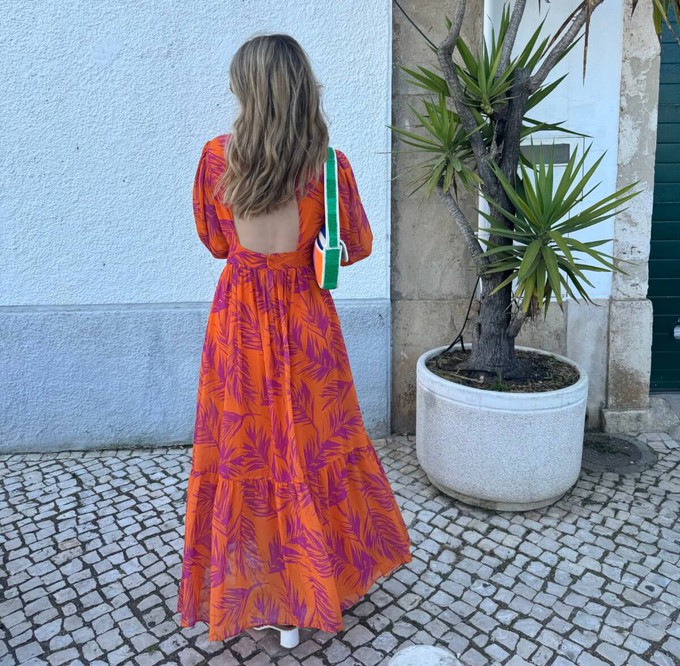
Examples of slow fashion practices
What can slow fashion clothing and brands look like? So many small but resourceful companies are finding aaaaall kinds of solution to fast fashion’s problems, such as:
- Choosing materials that are kinder to the environment, like organic cotton, linen, hemp, bamboo, and recycled fabrics
- Thinking beyond trends with timeless designs, either as permanent collections or only a couple of new ones per year
- Designing high-quality garments that are made to last (yes, fast fashion brands usually do the opposite with planned obsolescence)
- Relying on small-scale production or made-to-order slow fashion clothing to avoid waste
- Creating clothes with circularity in mind (for example, so that they can be recycled)
Benefits of slow fashion: why it’s important to slow down
In a nutshell, slow fashion matters because… we can’t cope with fast fashion anymore!
Better for the planet
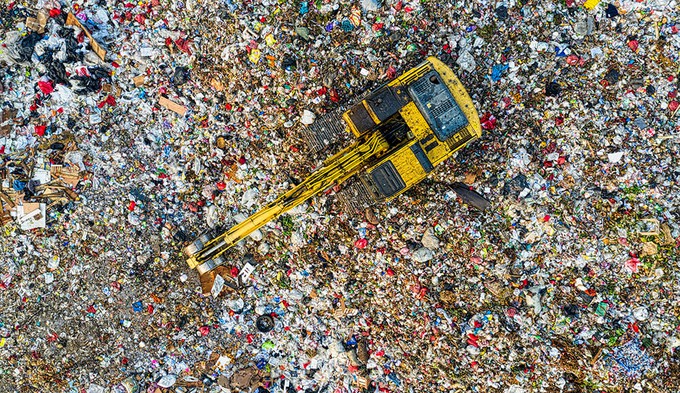
Fast fashion’s environmental footprint involves:
- Contributing to climate change more than the international aviation and shipping industry combined
- Excessive water usage
- Toxic chemicals and dyes
- Water pollution (90% of this industry’s wastewater is dropped into rivers untreated)
- Heavy use of synthetic fabrics (which can take hundreds of years to decompose) and cotton, one of the worst for the environment
- 92 million tonnes of waste every year (picture a truck full of clothes being dumped into landfills every second)
Instead, producing clothes in a more eco-friendly way and keeping them for longer is much kinder towards the environment.
Better for garment workers
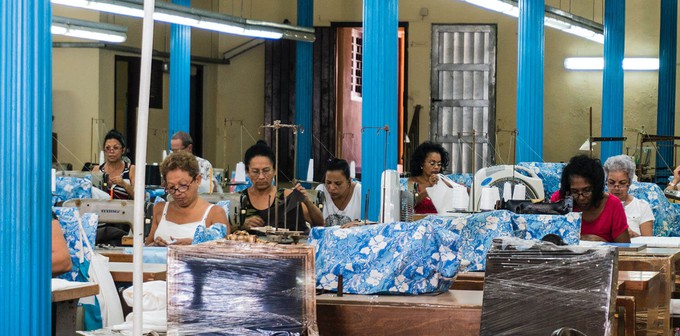
To keep their costs so low, fast fashion brands (and that includes many big names with “sustainable collections”) often rely on:
- Shady supply chains and sweatshops, where garment workers are mistreated, underpaid, in danger, and kept in modern slavery conditions
- Child labour
While it’s not automatically a given, most slow fashion brands produce their clothes ethically.
So, always look for transparency. If a brand won’t tell you who makes their clothes and how, they usually have something to hide.
Better for you

The psychology of fast fashion is about:
- Making you see clothes as throwaway garments without questioning their impact
- Keeping you hooked and trapped in a cycle of needing to buy new clothes regularly. Purchasing cheap items releases feel-good brain chemicals like dopamine, but that happiness disappears within a day or less. So, you’ll want to buy more cheap clothes. And again…
- Pushing you to buy clothes to belong, feel more confident, or fill a void, keeping you unhappy and unsatisfied in the long run
- Removing your sense of self-expression because you’re encouraged to chase impersonal micro- trends that keep changing
Instead, with slow fashion, you’ll find your own style, fall in love with a smaller number of clothes that feel “you”, get creative accessorising and repurposing them into different outfits, and feel happy whenever you rewear them.
Plus, while slow fashion tends to be a bit more expensive, it has a smaller cost per wear. Because you’ll buy fewer items and keep them for years, you can save money in the long run.
Better for the whole industry
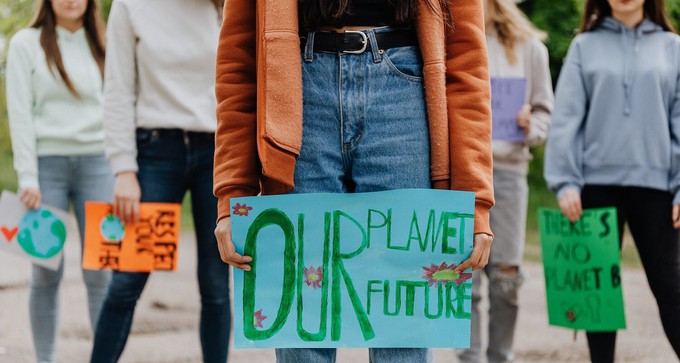
By supporting slow fashion brands (which really, really need it), you're also helping the entire industry operate at a healthier pace.
You’ll become part of something bigger, from reducing the risk of exploitation to allowing those small but mighty brands to reach more people.
Embracing the slow fashion mindset
There are lots of sustainable fashion resources and guides to help you ditch fast fashion, but the biggest difference? It’s a mindset shift.
Stop seeing clothes as disposable or buying them on an impulse. Instead, start cherishing what you already own, and try to only buy clothes that match your style, were made ethically, and that you can see yourself wearing over 30 times.
Finding slow fashion brands and clothes on Project Cece
I know how hard it is to buy from ethical brands when they’re scattered all over the internet (unlike huge fast fashion companies, they can’t usually afford physical stores).
That’s why I co-founded Project Cece: to help eco-conscious consumers like you support slow fashion brands easily.
We brought hundreds of sustainable brands in one place, adding filters to simplify your choices.
So, you can always find the best slow fashion clothing and brands on this platform (but make sure you only buy what you actually need and would keep rewearing).
So, what is slow fashion? I believe it’s an approach and mindset we should all embrace, and we're so glad to have YOU on board too, now!
Psst. Why not share this slow fashion guide to help more friends join this movement?
Share our story
Related articles
Cost Per Wear: What It Is & How It Makes Slow Fashion Cheaper
Ditch cheap fast fashion clothes, choose higher-quality ethical garments, and… save money in the long run! Here’s the difference that cost per wear makes.
Fast vs Slow Fashion Differences: Finding a Sustainable Pace
So, what’s the fast fashion vs slow fashion debate? Here’s why we recommend ditching the former and embracing a more sustainable alternative.
How to Ditch Fast Fashion & Switch to Ethical Clothes: 10 Tips
Ready to take the first step towards a more sustainable wardrobe? Here are some practical tips to ditch fast fashion and discover ethical alternatives.
Project Cece is a platform that collects ethical fashion from vetted brands and shops in one place. Browse ethical fashion for women and men and find items that fit your style, budget and values!
_large.png)


